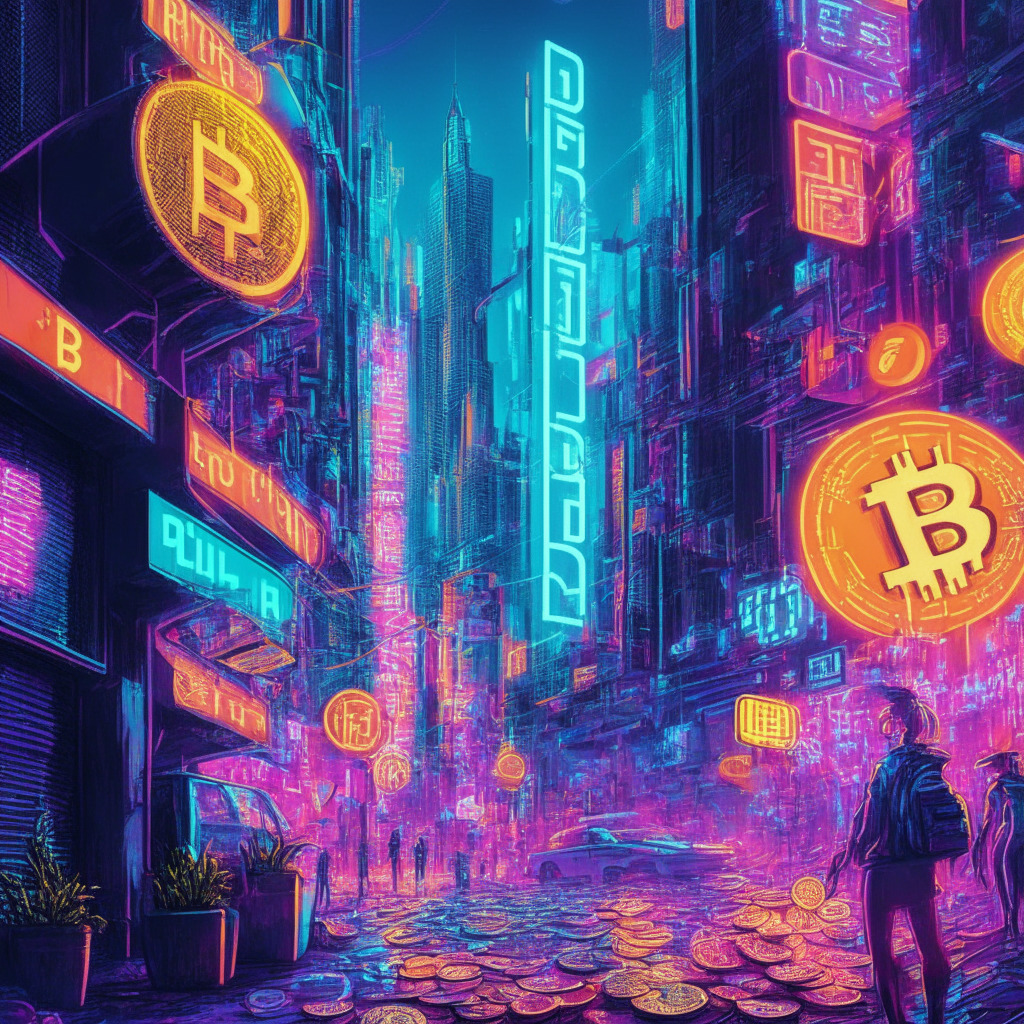In recent days, the world of cryptocurrency has experienced an unexpected surge in Bitcoin transaction fees, hindering withdrawals from the largest crypto exchange by trading volume, Binance. The average fee level skyrocketed to $19 on Sunday, followed by a staggering $30.9 on Monday, after remaining steady between $1 and $2 for the majority of the year. The last time fees reached such heights was during the notable crypto bull market of spring 2021.
Binance’s withdrawal suspension was attributed to the need to adjust fees and process a transaction backlog before resuming normal functions. The exchange admitted that its “set fees did not anticipate the recent surge in BTC network gas fees.” In response to the escalating fees, Binance has been working on replacing pending BTC withdrawal transactions with higher fees to ensure they gain the attention of mining pools. Additionally, it is working towards supporting withdrawals via Bitcoin’s second-layer Lightning Network.
The explosion in Bitcoin fees is widely speculated to be caused by the booming popularity of meme coins issued on the Bitcoin blockchain, such as Pepe and Ordi. These tokens, known as BRC-20, have thrived amid the growth of Bitcoin-based non-fungible tokens (NFTs) called Ordinals. Competing with standard Bitcoin transactions for the limited block space on the Bitcoin blockchain, these tokens have driven the increased transaction fee prices.
Hayden Hughes, co-founder of social-trading platform Alpha Impact, commented on the sharp rise in Bitcoin transaction fees, blaming Ordinals for causing a “massive run-up in network fees and congestion.” As a result, Binance and other exchanges operating with fixed fees for withdrawals struggled to keep up with the rapidly increasing network fees. This discrepancy led to a longer queue of transactions pending verification for blockchain inclusion, which ultimately contributed to the hike in transaction fees and confirmation times.
While the soaring Bitcoin transaction fees have proven to be a significant inconvenience for users and exchanges alike, they also reflect the surge in popularity of Bitcoin-based NFTs and meme coins. Moving forward, it remains crucial for exchanges like Binance to adapt swiftly to these unpredictable fluctuations and ensure that the fees they charge users align with the actual network fees. Though this recent issue may create some skepticism, it also serves as a reminder of the essential need for agile and user-focused progress in an ever-evolving industry.
Source: Cryptonews




